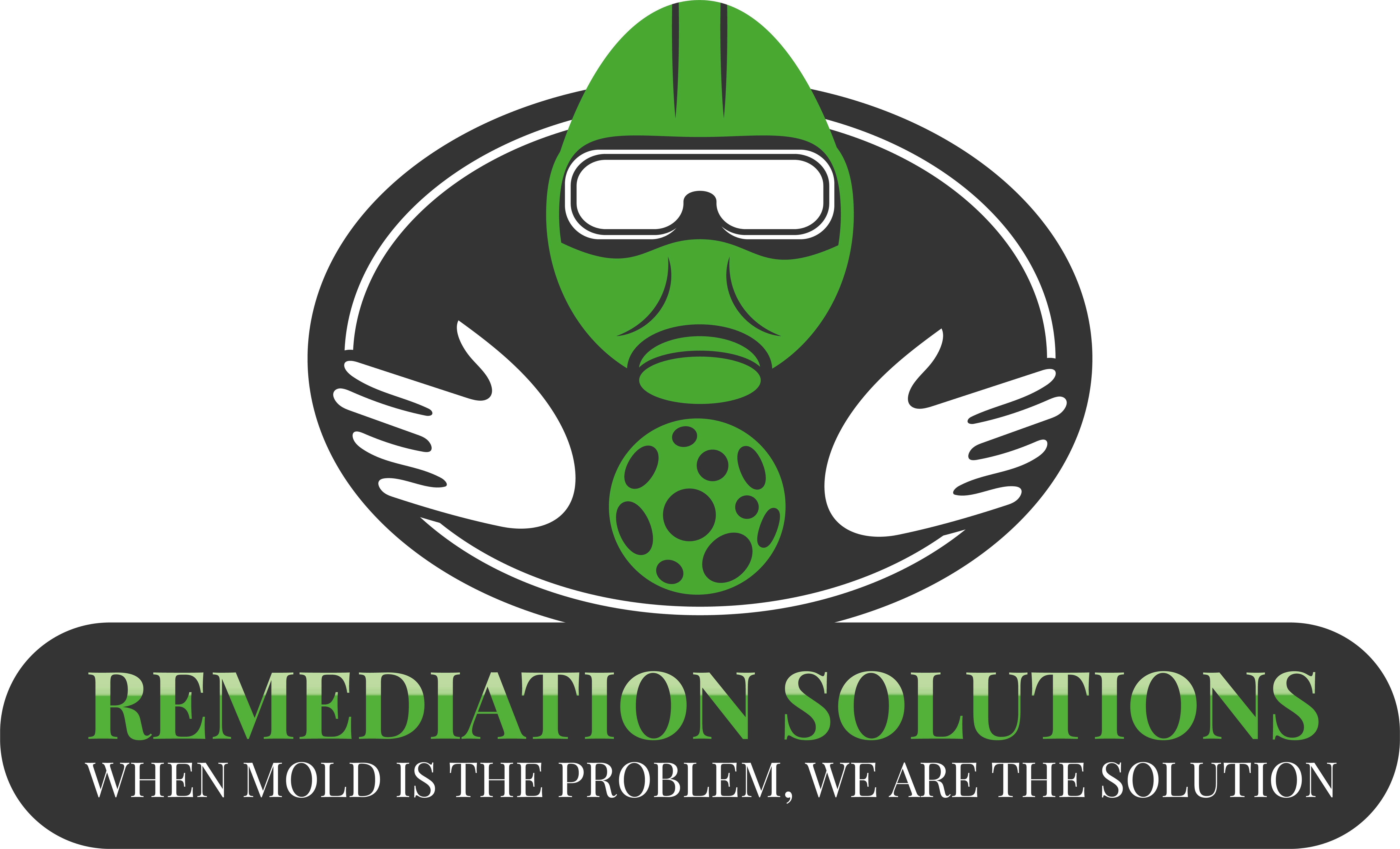Our Approach To Remediation
Interior Spaces
Maintaining your home and protecting your family from avoidable disease are two good reasons to assess the potential impact of mold in your home. Many families wait until mold contamination is very high before acting to correct this problem. In most cases, an ounce of prevention can avoid untold expense left in the wake of unattended mold infestation. If mold is found in your home, there are two potential paths of remediation. The degree of contamination will determine which path is recommended. The remediation process can be either invasive or non-invasive. Non-invasive remediation is generally less involved, requiring minimal reconstruction and repairs following the procedure. Therefore, it is less expensive.
Non-Invasive Remediation
This remediation process consists of HEPA vacuuming, sanding, surface wiping, and HEPA air filtering. Most building materials contaminated with surface mold (wood, glossy painted wood, glass, metal, ceramic, etc.) can be effectively decontaminated with this non-invasive process and pass third party environmental assessment and testing. The leading cause of surface mold is the increase in relative humidity (Rh) inside the structure. In these cases, non-invasive remediation is generally the best option for your home.
Invasive Remediation
This remediation process consists of removing and discarding porous building materials that cannot be decontaminated through non-invasive means. Moisture infiltration causes moisture to penetrate walls and generate mold inside wall cavities. This is caused by moisture entering your home’s exterior envelope through compromised roofing or siding or an interior water source such as piping or faucets. Seepage, flooding, and leaks create a tremendous mess for the homeowner. These problems result in severe material damage that many times requires some level of invasive remediation. From a cost perspective, the labor of invasive remediation is slightly more expensive, but what truly drives up this remediation cost is the reconstruction and repair necessary following the removal of mold-damaged building materials.
Want more information? Give us a call, view our latest presentation, or download our brochure!

